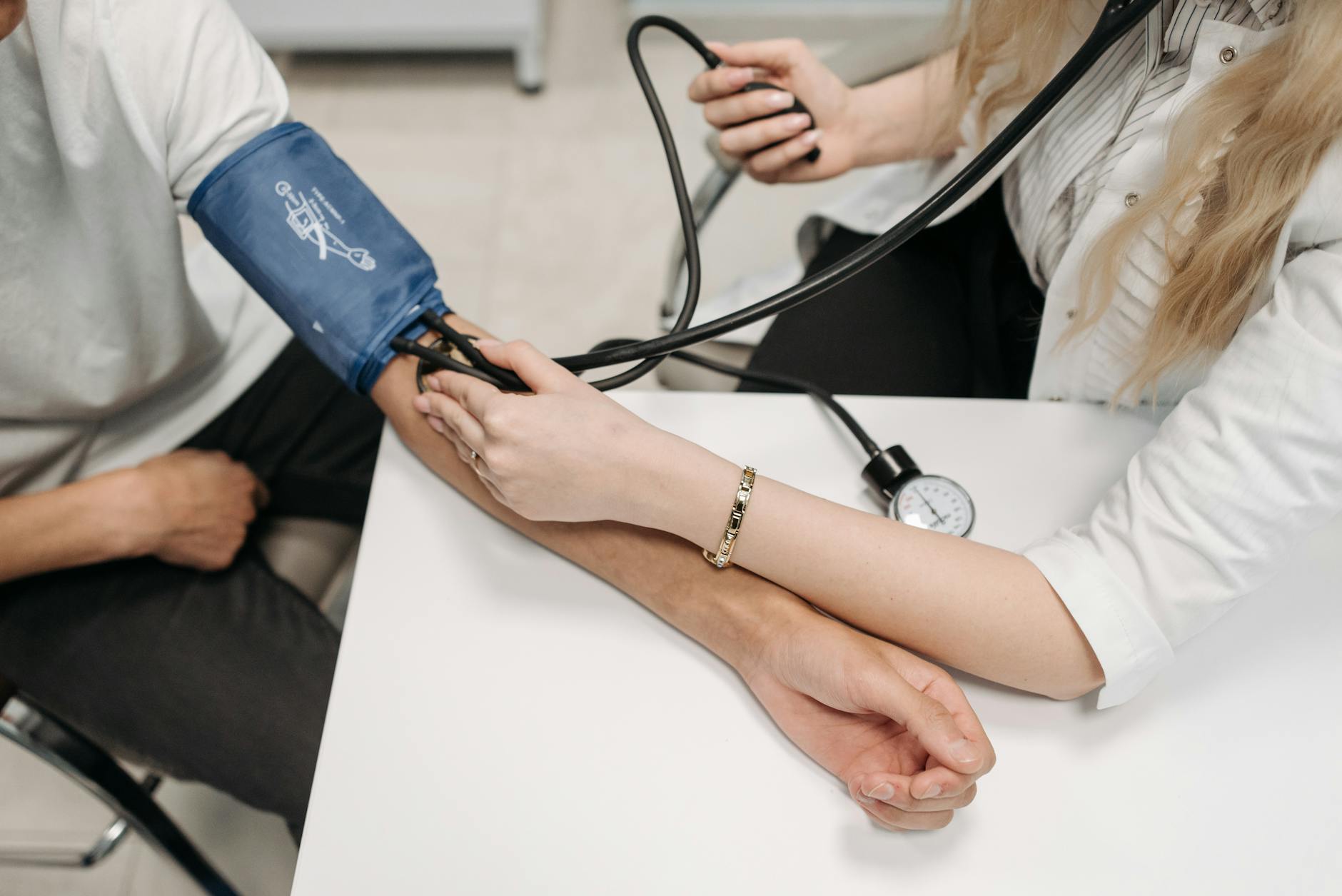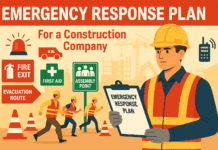
Blood Pressure Monitoring: Importance and Techniques
Introduction
Blood pressure monitoring is a vital aspect of healthcare, playing a crucial role in assessing cardiovascular health and preventing potential complications. Understanding the importance of blood pressure and employing accurate monitoring techniques are essential for individuals of all ages. This article explores the significance of blood pressure monitoring and provides insights into effective techniques for obtaining accurate readings.
The Significance of Blood Pressure Monitoring
- Indicator of Cardiovascular Health
- Blood Circulation: Blood pressure measures the force of blood against the walls of arteries as the heart pumps it around the body.
- Cardiovascular Risk: Monitoring blood pressure helps assess the risk of cardiovascular diseases such as heart attacks and strokes.
- Detecting Hypertension
- Silent Condition: Hypertension, or high blood pressure, is often asymptomatic and can go unnoticed for a long time.
- Early Intervention: Regular monitoring allows for early detection, enabling timely intervention and lifestyle modifications.
- Preventing Complications
- Organ Damage: Persistent high blood pressure can lead to organ damage, affecting the heart, kidneys, and blood vessels.
- Stroke Prevention: Monitoring helps prevent complications such as strokes by managing and controlling blood pressure levels.
- Management of Chronic Conditions
- Diabetes and Hypertension: Individuals with chronic conditions like diabetes benefit from blood pressure monitoring as it contributes to overall health management.
- Individualized Treatment: Monitoring aids in tailoring treatment plans to address individual health needs.
- Lifestyle Modification
- Diet and Exercise: Blood pressure monitoring encourages individuals to adopt a healthy lifestyle, including a balanced diet and regular exercise.
- Weight Management: Maintaining a healthy weight is crucial in blood pressure control.
Blood Pressure Monitoring Techniques
- Use of a Reliable Blood Pressure Monitor
- Automatic or Manual: Choose a blood pressure monitor that suits individual preferences, whether automatic or manual.
- Calibration Check: Regularly check the calibration of the monitor to ensure accuracy.
- Proper Cuff Placement
- On the Upper Arm: Place the cuff on the upper arm at heart level for accurate readings.
- Snug Fit: Ensure a snug fit, leaving enough space for one or two fingers between the cuff and the arm.
- Rest and Relaxation
- Pre-Reading Preparation: Avoid caffeine, exercise, or smoking at least 30 minutes before taking a reading.
- Quiet Environment: Choose a quiet environment to minimize stress and distractions.
- Consistent Timing for Measurements
- Regular Schedule: Take blood pressure measurements at the same time each day.
- Follow Healthcare Provider Recommendations: Adhere to any specific instructions from healthcare providers regarding timing and frequency.
- Multiple Readings and Averaging
- Series of Readings: Take two to three readings at intervals, and average the results for a more accurate assessment.
- Avoid Single Readings: Avoid making conclusions based on a single reading, as blood pressure can fluctuate throughout the day.
- Record Keeping
- Maintain a Log: Keep a record of blood pressure readings, including date, time, and any relevant notes.
- Share with Healthcare Providers: Share the log with healthcare providers during regular check-ups for a comprehensive assessment.
- Regular Healthcare Check-ups
- Professional Verification: Periodically have blood pressure checked by healthcare professionals for verification.
- Discuss Readings: Discuss readings with healthcare providers to adjust treatment plans if necessary.
Conclusion
In conclusion, blood pressure monitoring is a fundamental component of overall health management. Regular checks provide valuable insights into cardiovascular health, allowing for early detection and intervention. By employing accurate techniques and adopting a proactive approach to monitoring, individuals can take control of their blood pressure and reduce the risk of complications, contributing to a healthier and more informed lifestyle.
Risk Assessment and Hazard Identification: A Key Responsibility for Safety Officers
Personal Protective Equipment (PPE): Selection, Usage, and Maintenance for Safety Officers
Work Management System (WMS) in ADNOC
Job Performer Responsibilities
Frequently Asked Questions (FAQs)
- Why is blood pressure monitoring important for overall health?
- Blood pressure monitoring is crucial for assessing cardiovascular health, detecting conditions like hypertension, preventing complications, managing chronic conditions, and encouraging lifestyle modifications for a healthier life.
- What are the benefits of detecting hypertension early?
- Early detection of hypertension allows for timely intervention and lifestyle modifications, preventing complications such as heart attacks and strokes.
- How can individuals monitor blood pressure accurately at home?
- To monitor blood pressure accurately at home, individuals should use a reliable blood pressure monitor, ensure proper cuff placement, rest and relax before readings, take consistent measurements at the same time each day, and maintain a record of readings for discussion with healthcare providers.
- Why is it important to take multiple blood pressure readings and average the results?
- Averaging multiple blood pressure readings provides a more accurate assessment, as blood pressure can fluctuate throughout the day. Avoiding conclusions based on a single reading contributes to a more comprehensive understanding of cardiovascular health.
- What role do lifestyle modifications play in blood pressure management?
- Lifestyle modifications, including a balanced diet, regular exercise, weight management, and avoiding tobacco and excessive caffeine, play a significant role in blood pressure management. These measures contribute to overall cardiovascular health and well-being.
























